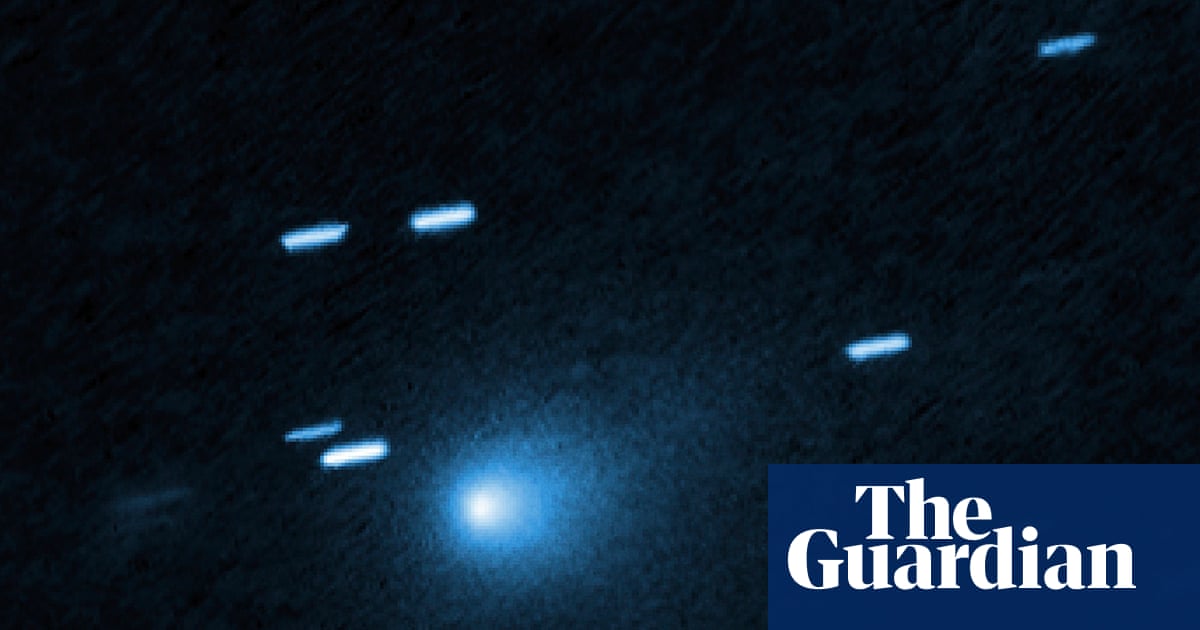| IN A NUTSHELL |
|
In recent years, the icy expanse of Antarctica has become an unexpected hotbed of scientific intrigue. Far from its reputation as a desolate, frozen wasteland, the continent is revealing secrets that could potentially challenge our understanding of the universe. One of the most captivating discoveries involves mysterious radio signals detected beneath the Antarctic ice, a finding that has sent ripples of excitement and curiosity through the scientific community. These signals, first picked up by a NASA project, have the potential to revolutionize our understanding of physics and open up new, unexplored realms of scientific inquiry.
The Project Responsible for the Signal in Antarctica
The discovery of these enigmatic signals can be traced back to a groundbreaking experiment known as the Antarctic Impulsive Transient Antenna (ANITA). Conducted between 2006 and 2016, ANITA was a pioneering mission aimed at studying cosmic particles. Specifically, it sought to detect neutrinos, elusive particles that traverse the universe with almost no mass, interacting weakly with other matter. Neutrinos are notoriously difficult to detect, making ANITA’s mission both ambitious and groundbreaking.
ANITA employed an innovative method of detection, using balloons equipped with radio antennas to float high above the Antarctic ice. This location was chosen for its vast, pristine ice fields, which serve as an excellent medium for detecting high-energy particles. Over the course of a decade, ANITA amassed a wealth of data on cosmic particles, pushing the boundaries of our knowledge. Yet, amidst this data, scientists stumbled upon something unexpected: a radio signal originating from a depth of about 6.2 miles beneath the ice, challenging established scientific principles.
Where Does This Signal Come From?
The origins of these signals have perplexed scientists, as they defy conventional particle physics theories. According to established science, signals passing through miles of rock should be absorbed and undetectable on the surface. However, the signals detected by ANITA seemed to defy this logic, emerging from depths where no conventional signals should be found. Initial hypotheses linked these signals to neutrinos, but this was soon ruled out, as the patterns did not align with known neutrino behavior.
Further investigations considered the possibility of tau neutrinos, particles capable of regenerating and producing other neutrinos. Yet, this theory also fell short. The true origin of these signals remains an enigma, suggesting the possibility of unknown particles or forces at play. This discovery holds the potential to rewrite some of the fundamental laws of physics, raising profound questions about our understanding of the universe and the forces that govern it.
It Looks Like We’re Going to Need to Review Our Laws of Physics
The unexpected nature of the Antarctic signals has prompted scientists to reconsider some foundational principles of particle physics. The signals’ atypical characteristics have spurred plans for new experiments utilizing more advanced and sensitive equipment. One promising initiative is the Payload for Ultra-High Energy Observations (PUEO), which aims to provide more definitive answers about the mysterious signals.
The ANITA mission, originally intended to gather data on cosmic particles, has inadvertently raised profound questions about our understanding of the natural world. The discovery of these signals challenges the notion that we comprehend the universe’s fundamental workings. Similar to the recent discovery of polar dinosaurs in Antarctica, it underscores the idea that our planet—and indeed the universe—still harbors many secrets waiting to be unlocked.
As scientists continue to unravel the mysteries of the Antarctic signals, the implications of their discovery remain vast and open-ended. Could these signals point to new particles or forces that we have yet to understand? The potential for groundbreaking discoveries is immense, urging the scientific community to explore these signals further. In this pursuit of knowledge, we are reminded of the vastness of the universe and the endless possibilities it holds. What other secrets lie hidden beneath the ice, waiting for us to uncover them?
This article is based on verified sources and supported by editorial technologies.
Did you like it? 4.5/5 (21)
Source link


